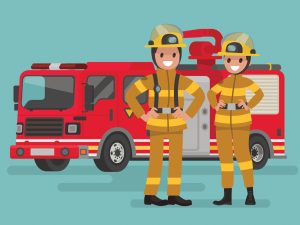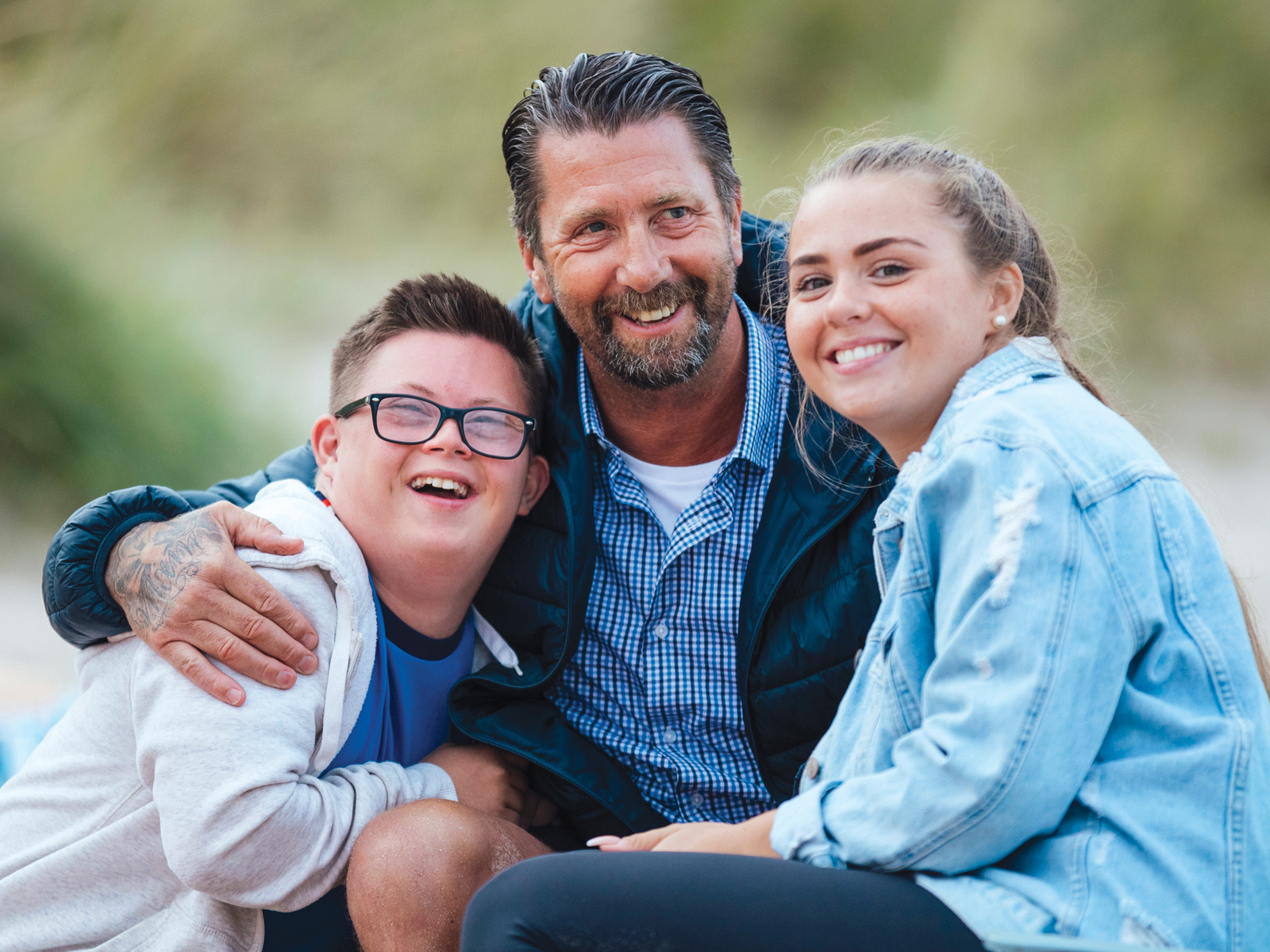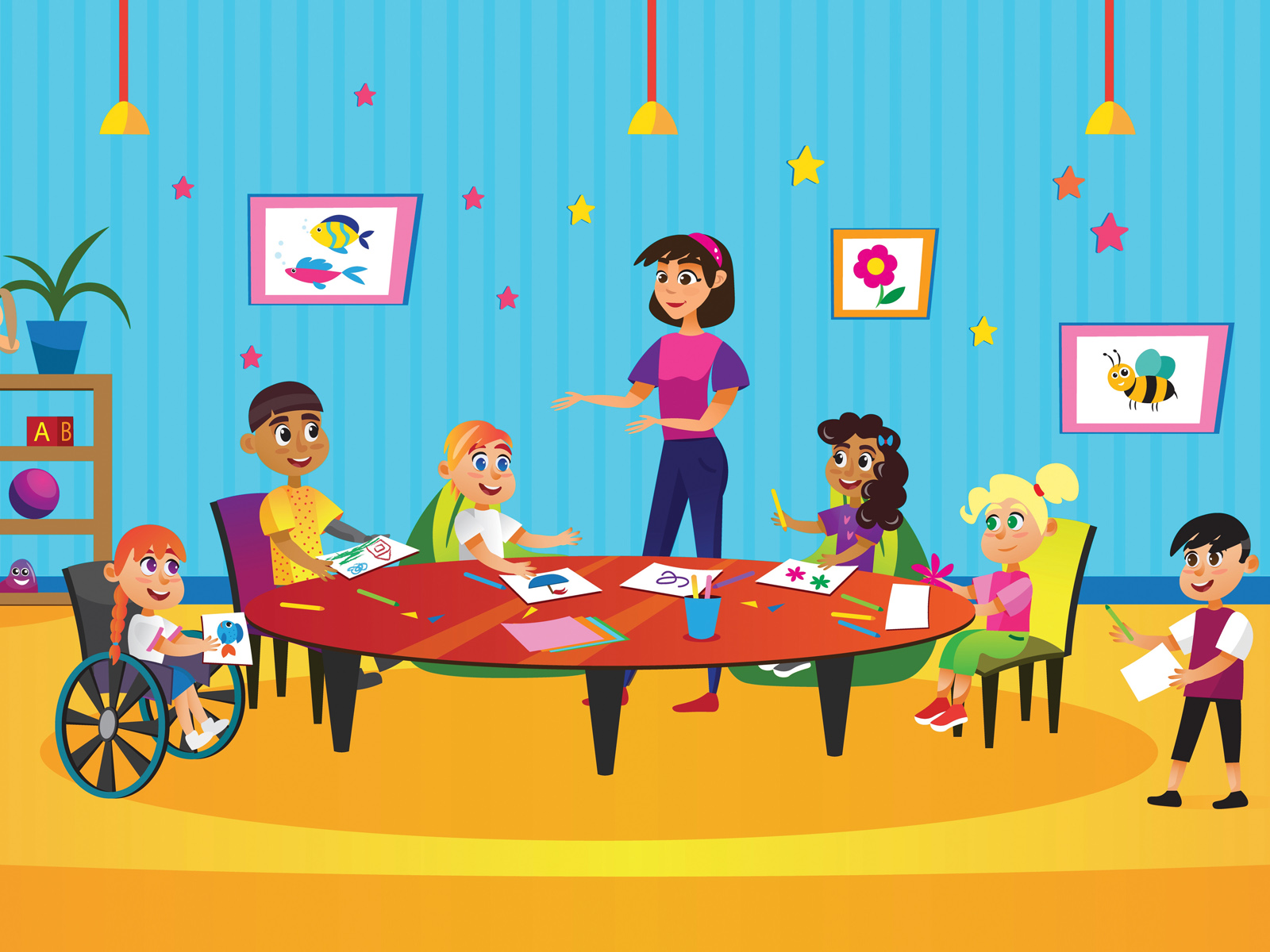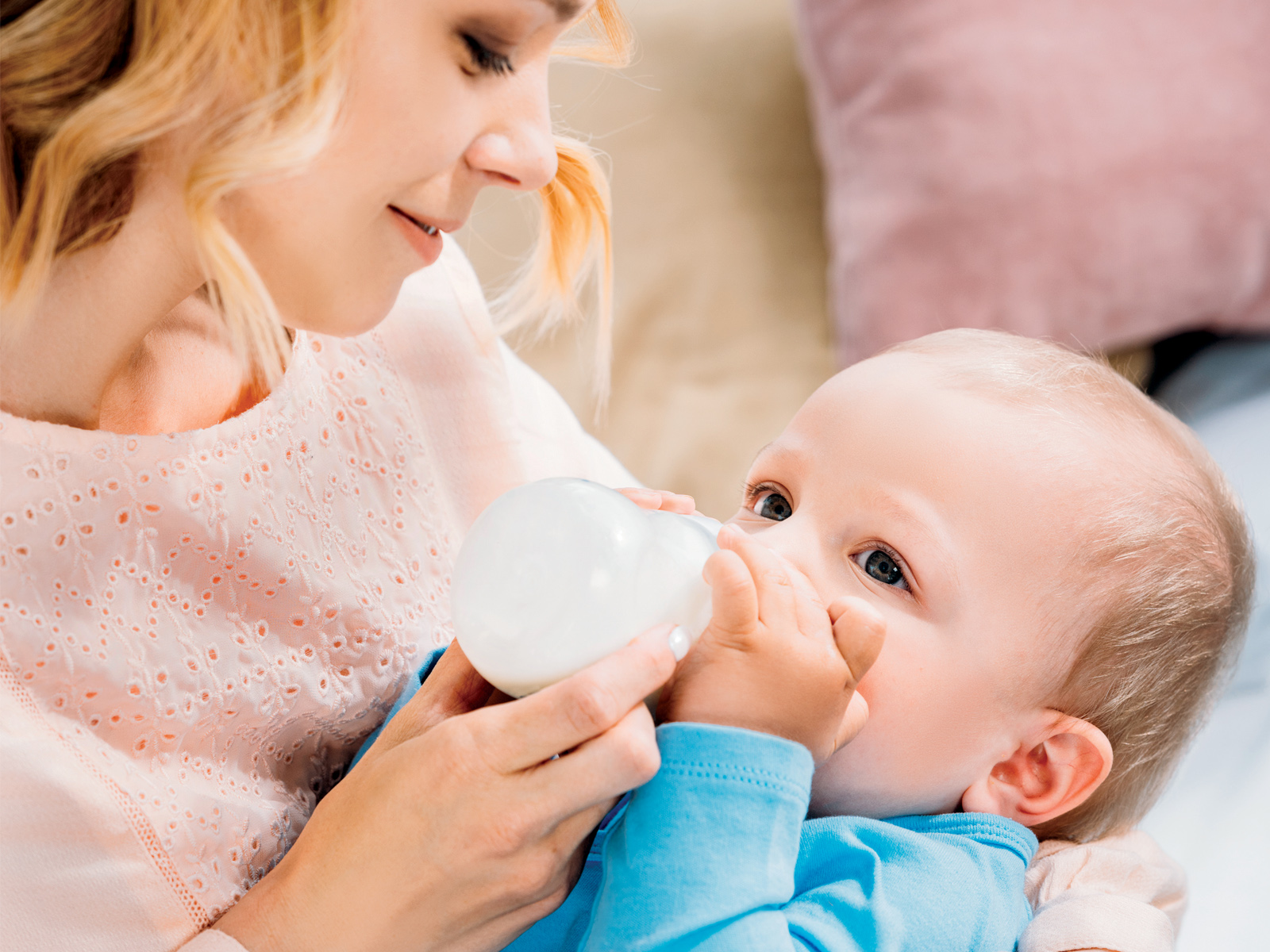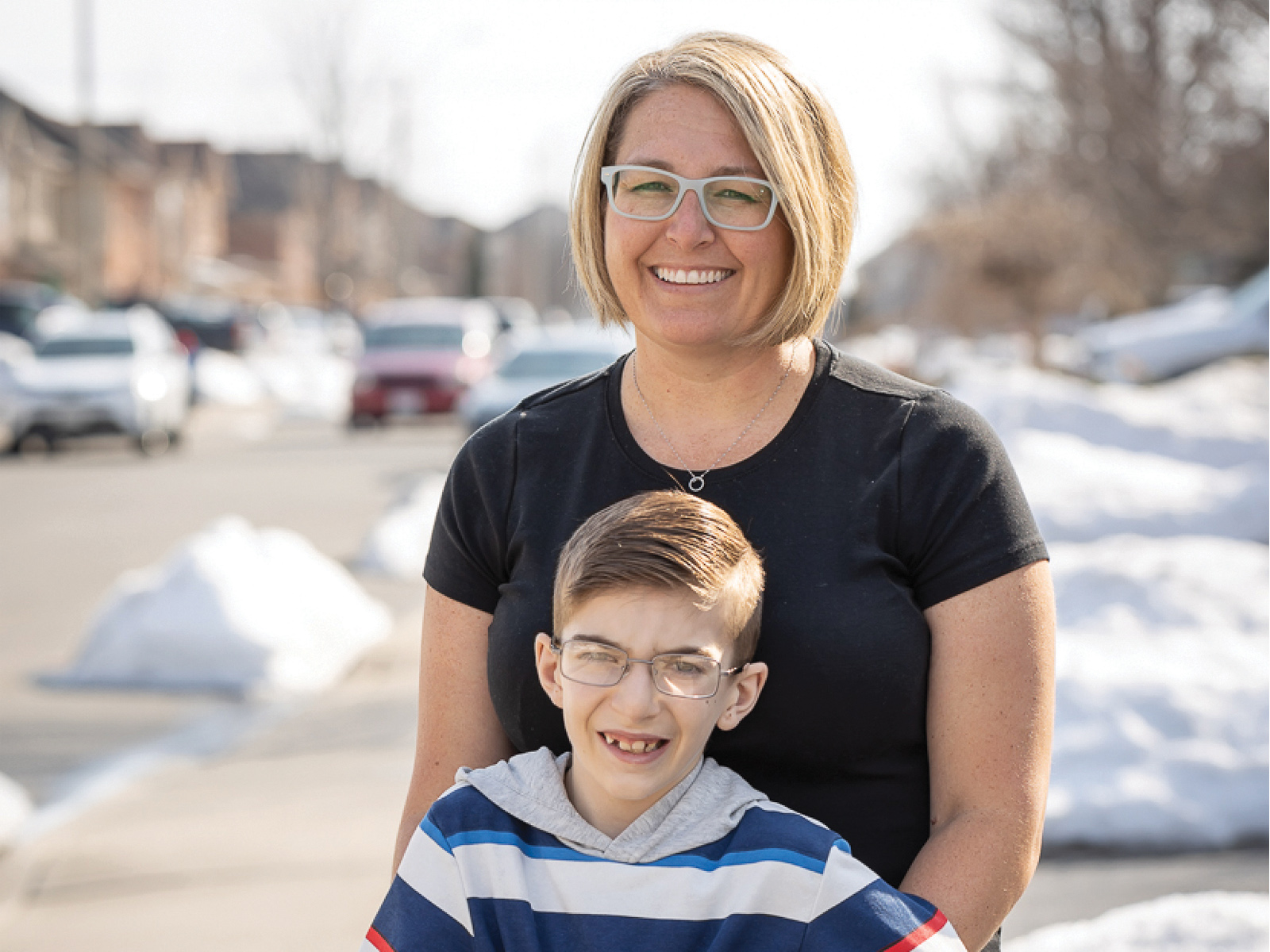In the brains of sleeping babes
By Carolyn Wilke
Dozing in a bassinet, a newborn baby wears a stretchy cap fitted with more than 100 soft electrodes. A low beep sounds, and she squints. Nearby, scientists watch jagged lines moving across a computer screen, recording electrical activity in the infant’s brain. The scientists want to know what’s going on in there—and that tiny squinting action suggests that the baby has been learning while she sleeps.
A newborn’s job is to learn about and adapt to everything in their environment, says William Fifer, a developmental neuroscientist. Yet newborns spend some 70 percent of their time asleep. So Fifer and developmental psychologist Amanda Tarullo, decided to see if they could catch learning in action while babies slumber and found that napping may play an equally crucial role in infants and young children.
In adults, the importance of sleep for learning has been well established. But much less is known about how sleep and learning interact in youngsters. Naps are especially puzzling. Studies suggest they’re crucial to early learning, but most kids naturally stop napping between the ages of three and five. In fact, “Sleep is crucial for earliest word learning,” says Manuela Friedrich, a neuroscientist at Humboldt University of Berlin.
Naps may help youngsters consolidate memories at a time when they’re learning vast amounts of crucial information. They also seem to help babies make sense of sentence structure according to work by cognitive psychologist Rebecca Gómez of the University of Arizona in Tucson. When Gómez and colleagues exposed 48 15-month-olds to a made-up language, with strings of words such as “vot wadim jic” and “vot kicey jic,” kids who napped seemed better able to grasp patterns, such as catching on to the fact that the first word of a sentence always determined the third word. The researchers view this as a step toward understanding grammar. They also found that nappers more accurately recalled the order of events in a second memory test and on the next day.
When kids who take naps regularly miss their naps, they tend to fare poorly on memory tests suggests Rebecca Spencer, a cognitive neuroscientist at the University of Massachusetts. “Naps are awesome—they’re doing all of this important stuff for kids at a really critical time,” says Spencer. But that presents a puzzle, she adds, since kids eventually give up their regular naps. “Why stop napping when it’s so important?” Because kids transition out of naps over a fairly wide age range, from three to six years old, she suspects that the answer may have to do with brain development: Perhaps at a certain point, which varies from child to child, the brain has changed in some yet to be discovered way that makes napping less crucial for learning.
Some evidence for this comes from Spencer’s collaboration with Tracy Riggins, a developmental cognitive neuroscientist at the University of Maryland in College Park. Using magnetic resonance imaging (MRI) to scan children’s brains, they are focusing on the hippocampus, a brain structure important for creating new memories. Spencer and Riggins hypothesize that the development of the hippocampus drives the transition away from regular napping. Research with lab animals and adult humans suggests that the hippocampus acts as short-term storage for new information learned during wakefulness; during sleep, those memories get transferred or distributed to the cerebral cortex for longer storage.
Spencer likens the hippocampus to a bucket. Early in development, when the bucket for holding memories is small, it has to be emptied more frequently, during sleep. Young children do this by napping. When little kids who are habitual nappers are deprived of a nap, they forget a lot of information, Spencer says. But as the hippocampus develops, so does its capacity. “If I’m more mature, and I have a bigger hippocampus, I can hold more without having to empty my bucket,” says Spencer. The duo thinks this may explain why the need for naps diminishes as kids age and hope findings like these can eventually help improve education and sleep for young children, and help policymakers and parents make better decisions about prioritizing naps and fitting them into busy schedules
Part of the problem is the uncertainty around what’s typical in development. Some kids start walking as early as nine months, while others learn to walk at 18 months. That range is completely normal. “We need to normalize the fact that sleep is very diverse, and that not every child is the same,” claims Spencer. By pulling on these threads—of cognition, sleep and brain development—researchers are starting to capture how they intersect and weave together to shape learning and memory early in life.
Carolyn Wilke is a freelance science journalist. Find her on Twitter @carolynmwilke. This article is adapted with permission from knowablemagazine.org.



